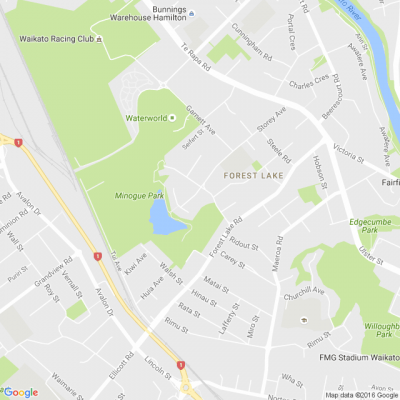
Know what’s happening
Access the private noticeboard for verified neighbours near you. Keep informed about any suspicious activity, send urgent updates to your neighbours when required and discuss emergency planning.
Get to know your neighbours
Browse the directory and start getting to know your neighbours. Don’t want to post to the whole neighbourhood? Send a private message.
Buy, sell and give away
Want to declutter your garage? Buy some used household items? Give away some garden stuff? Become a verified neighbour to browse and post items for sale. Trading is simple when everyone lives nearby.


Got a question for your neighbours?
Post here and let them help!

Thank you for using Neighbourly
You may receive an email confirmation for any offer you selected. The associated companies will contact you directly to activate your requests.
Edwina from Fairfield
Kia ora Koutou, we are looking for any local business to quote a job at our property. Please feel free to share and thank you in advance.
The Team from Resene ColorShop Te Rapa
This matching pairs memory game painted in Resene colours is great for brain-training, fun to paint and play and would make a fabulous gift.
Find out how to create your own.
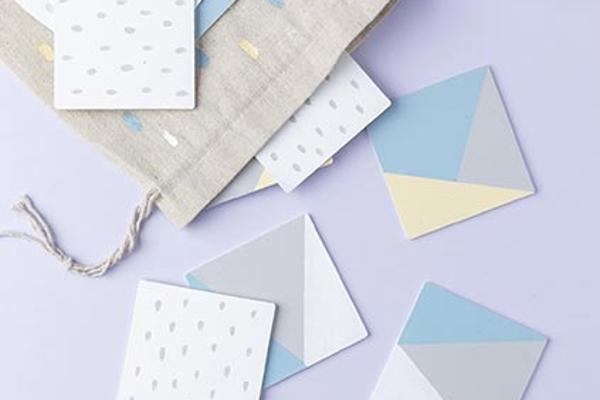
Our homes can be our greatest investment and protecting our homes against climate change has become more important than ever.
Our changing climate poses risks to our natural and built environments. Swiss Re in a global analysis of insurance risk said to “expect climate risks to raise global … View moreOur homes can be our greatest investment and protecting our homes against climate change has become more important than ever.
Our changing climate poses risks to our natural and built environments. Swiss Re in a global analysis of insurance risk said to “expect climate risks to raise global property premiums by 33-41% between 2020 and 2040”. The potential increase was deemed a direct consequence of our changing climate.
Our Climate Insights property report provides easily understood information on change to risks for your current or a future property. The report includes robust and actionable information for residential property owners, tenants and investors to enhance their property’s climate resilience.
Find out more

Get in quick, there's only a few days to go in our Local Likes competition. Nominate your favourite local business by telling your neighbours why they're best in their field and be in the draw to win a $50 voucher to go and spend with them. Get in quick, this ends Sunday!
… View moreGet in quick, there's only a few days to go in our Local Likes competition. Nominate your favourite local business by telling your neighbours why they're best in their field and be in the draw to win a $50 voucher to go and spend with them. Get in quick, this ends Sunday!
Share your business shout-out now.

The Team Reporter from Hamilton Press
Piper Lovell is doing it, after finding she'd have to save for another 15 years to get a home deposit together.
“I don’t think I’ll ever be able to buy a house by myself, ever. I'd be happy to live in the van forever,” Lovell said.
The 21-year-old instead left her job as a … View morePiper Lovell is doing it, after finding she'd have to save for another 15 years to get a home deposit together.
“I don’t think I’ll ever be able to buy a house by myself, ever. I'd be happy to live in the van forever,” Lovell said.
The 21-year-old instead left her job as a Hamilton receptionist, bought a van, and is travelling Aotearoa with her dog Rosie.
Read more here. Have you ever been tempted by van life?

The Team from Red Cross Shop Five Cross
Hi from the team at the Five Cross Roads Red Cross shop!
Spring is well and truly on its way and we are ready to go once the level goes down. We have summer stock ready and waiting and we are looking forward to seeing you again.
The Team from Neighbourhood Support New Zealand
Join the rest of the motu on October 28 by taking part in our national earthquake drill and tsunami hīkoi, ShakeOut. Signing up only takes 2 minutes and when you do, you’ll be entered to win a personal emergency grab bag or civil defence wheelie bin kit from NZ Civil Defence.
ShakeOut takes … View moreJoin the rest of the motu on October 28 by taking part in our national earthquake drill and tsunami hīkoi, ShakeOut. Signing up only takes 2 minutes and when you do, you’ll be entered to win a personal emergency grab bag or civil defence wheelie bin kit from NZ Civil Defence.
ShakeOut takes place around the world to remind people of the right action to take during an earthquake:
DROP - down on your hands and knees. This protects you from falling but lets you move if you need to.
COVER - your head and neck (or entire body if possible) under a sturdy table or desk (if it is within a few steps of you). If there is no shelter nearby, cover your head and neck with your arms and hands.
HOLD - on to your shelter (or your position to protect your head and neck) until the shaking stops. If the shaking shifts your shelter around, move with it.
Head to www.shakeout.govt.nz... to sign up today and get involved!
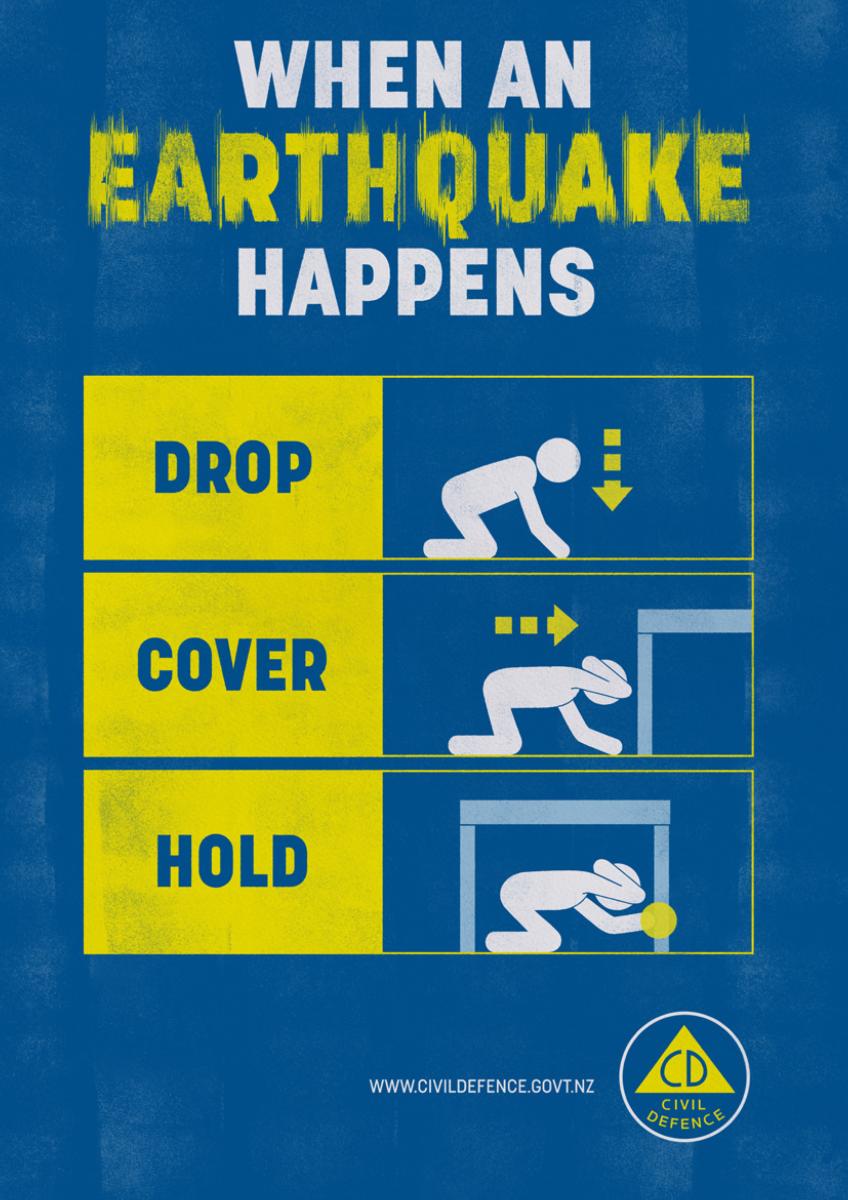
Hong from Pukete
I am in training to become a baby sleep consultant at the moment. I am currently looking for new-born baby volunteers who are under 12 week-old and who mum might be struggling with their babies' sleep. I will give free advice strictly under experienced baby sleep consultant mentor. Please … View moreI am in training to become a baby sleep consultant at the moment. I am currently looking for new-born baby volunteers who are under 12 week-old and who mum might be struggling with their babies' sleep. I will give free advice strictly under experienced baby sleep consultant mentor. Please message me if you are interested. Thank you.
MP Jamie Strange Parliamentary Services
Super Shot Saturday is our national day of vaccinations allowing those who have not had the chance to get vaccinated yet the opportunity to do so.
Clinics will be open across Hamilton East from the early morning and into the evening as we want as many people in our community to get their … View moreSuper Shot Saturday is our national day of vaccinations allowing those who have not had the chance to get vaccinated yet the opportunity to do so.
Clinics will be open across Hamilton East from the early morning and into the evening as we want as many people in our community to get their personal armour against COVID-19.
The vaccine is our best tool in protecting our community against the virus and now is the time to get vaccinated.
Find out more

The Team from Digital Boost
Knowing your way around a BBQ is one thing, but turning that talent into a business is another skill altogether. Rum & Cue is an award-winning meat rub side-hustle that’s just been taken full-time - here’s their story
Head to Digital Boost today (for free) and before long you, too, could… View moreKnowing your way around a BBQ is one thing, but turning that talent into a business is another skill altogether. Rum & Cue is an award-winning meat rub side-hustle that’s just been taken full-time - here’s their story
Head to Digital Boost today (for free) and before long you, too, could be transforming a weekend passion into the business of your dreams.
Sign up now
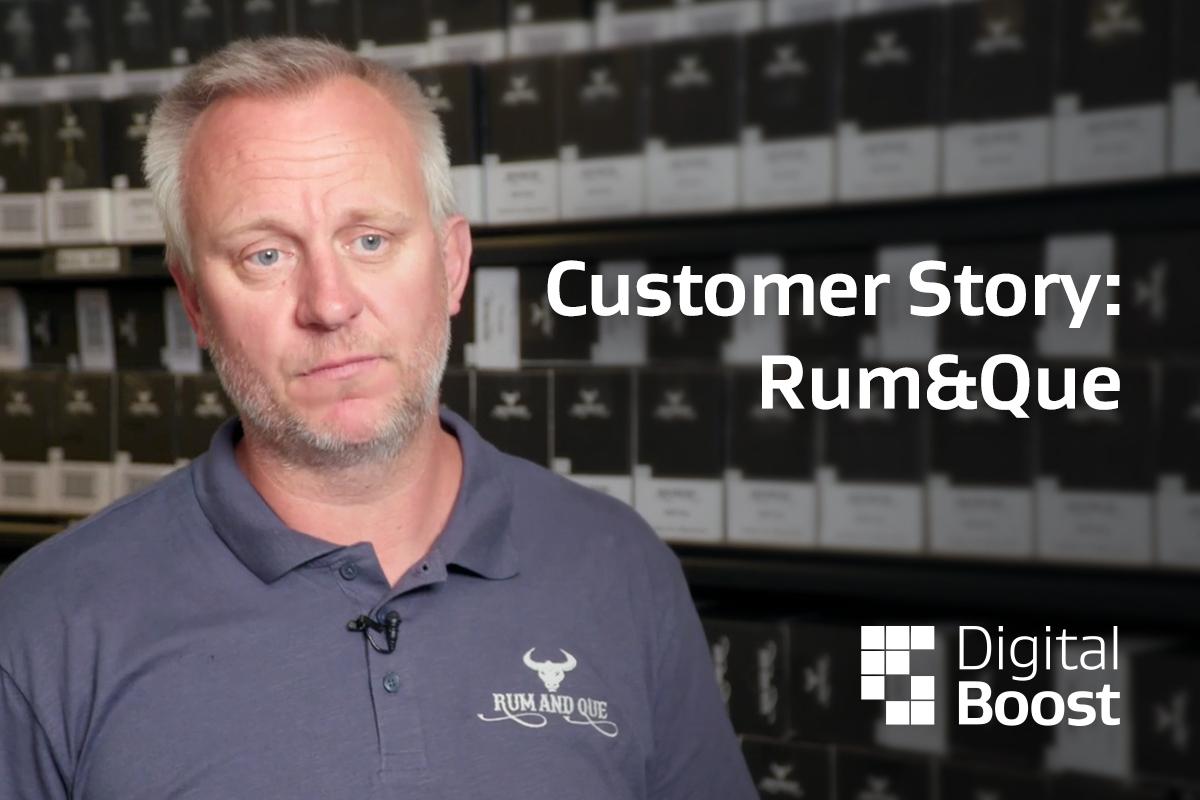
Aaron from Chartwell
Can see more at www.neighbourly.co.nz...
The Team from Red Cross Shop Five Cross
We have an exciting opportunity for a Shop Coordinator based in Hamilton. This is a paid position and suitable for anyone wanting to step into the world of charity retail and ticking the boxes below ?
Are you:
✅ experienced leading a retail team
✅ a great & supportive leader
✅ friendly, … View moreWe have an exciting opportunity for a Shop Coordinator based in Hamilton. This is a paid position and suitable for anyone wanting to step into the world of charity retail and ticking the boxes below ?
Are you:
✅ experienced leading a retail team
✅ a great & supportive leader
✅ friendly, with good customer service skills
✅ creative, with keen eye for design and flair for great displays
✅ self-motivated and can work efficiently with minimum supervision
✅ flexible and able to carry out physically demanding work
✅ enthusiastic and passionate to support Red Cross.
If this sounds like you, apply now by hitting the button below.
Join our amazing team and be part of the largest humanitarian network in the world, making a difference in the lives of people across Aotearoa and around the world. Don’t miss out!
The Team from Addictive Eaters Anonymous - Hamilton
The AEA web event is a free monthly online meeting using Zoom video conferencing software. With three 10 minute speakers and member sharing. Participants can join the web event from their phone, desktop, mobile and tablet devices. ALL WELCOME
The purpose of the web events is to carry the message … View moreThe AEA web event is a free monthly online meeting using Zoom video conferencing software. With three 10 minute speakers and member sharing. Participants can join the web event from their phone, desktop, mobile and tablet devices. ALL WELCOME
The purpose of the web events is to carry the message to newcomers who live in areas where there are no AEA meetings and to strengthen areas where there are sole AEA members. These events are not designed to replace face-to-face meetings. Rather, we hope that face-to-face meetings will grow and increase as a result of having regular web events.

Robert Anderson from Curtain Clean Hamilton
Some helpful tips to aid in stain removal!
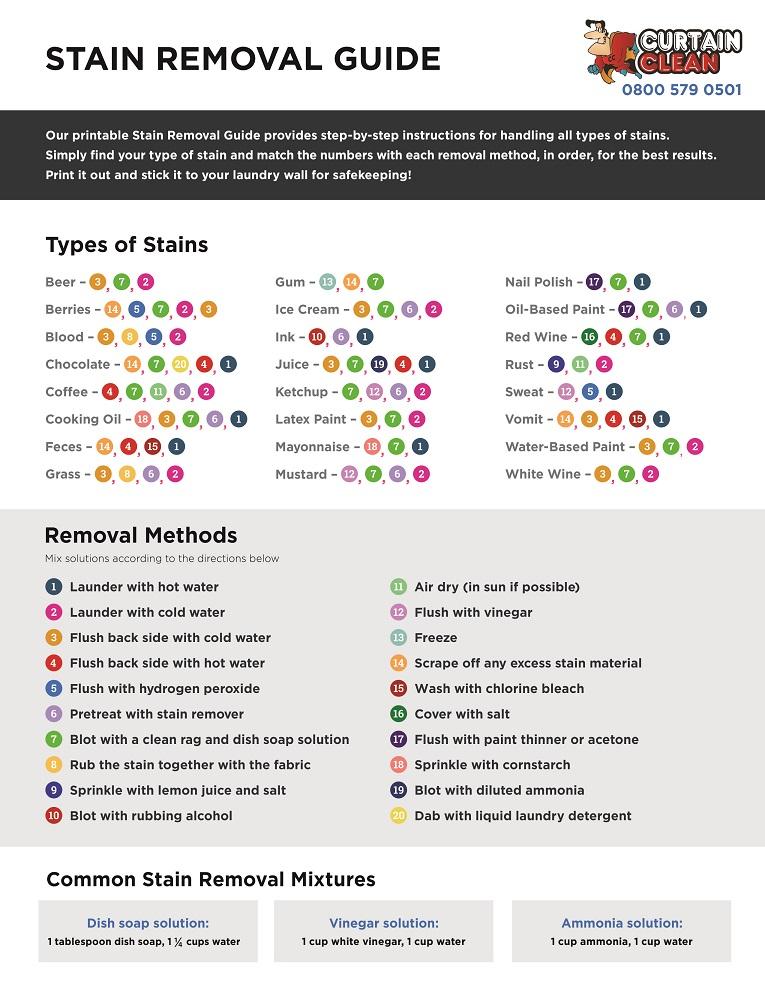
Michelle from The Crystal Point
It's Trick or Treat Month, soooo...to all our customers...Here's to you for supporting us. Follow the link to receive $10 off when you spend $50 or more. Or enter code trickortreat at checkout. Valid until 11.59pm October 31st 2021

 Loading…
Loading…
Are you sure? Deleting this message permanently removes it from the Neighbourly website.
 Loading…
Loading…
© Neighbourly 2025
